When it comes to sport, no one takes it more seriously or does it as often as Australians. While the world might know Australia as a summer nation, in the winter time millions of Aussies play a sport of some sort. So which sports do Australians play in winter? Here are the most popular:
Rugby League
At a junior level, rugby league is highly popular for playing in New South Wales and Queensland with 440,000 participants. About two thirds of those are 13 years and under. Participation at older ages isn’t as high as other sports due to the risks of this high contact sport. Rugby league is known as one of the toughest and most physical sports in the world.
The incredible physical nature of the sport means the National Rugby League, is the most watched winter sports competition in New South Wales and Queensland. The most watched rugby league matches are that of the State of Origin series where every winter three (usually Wednesday night) matches are played between the two states. State of Origin’s long time motto is “mate against mate, state against state” due to the fact that each team is determined by the state the player grew up, rather than where their NRL club is based. This often leads to players playing against each other one week, before playing with each other again in the same club side just days later.
With the NRL season starting in early or mid March and running every week until the Labour Day public holiday weekend in October (whichever weekend is followed by the first Monday of October) in which the Sunday is the grand final match played in Sydney. Rugby league has a long history in Australian winter sports with the professional league starting in Sydney in 1908. While New South Wales and Queensland had separate leagues, the introduction of teams from Queensland cities of Brisbane and Gold Coast as well as Newcastle (which is about 100km north of Sydney) into the competition in 1988 saw the start of the game expanding around the country. In 1997, News Limited started their own winter rugby league competition called Super League. Some traditional Sydney teams like Cronulla Sharks, Penrith Panthers and Canterbury Bankstown Bulldogs as well as the Brisbane Broncos and Canberra Raiders went across to the Super League joining teams from New Zealand, Melbourne, Adelaide, Perth and Townsville. The traditional competition in 1997 remained as the Australian Rugby League but only featured two teams from outside New South Wales (Gold Coast Chargers and South Queensland Crushers). In 1998, the two leagues decided to join back together and the National Rugby League as it’s now known was born.
There were 20 teams in the 1998 season, but for financial reasons the league had to be cut down to 16 teams. Traditional New South Wales teams were facing extinction as they struggled to make money in the crowded Sydney market. This led to the merger of six New South Wales clubs into three teams. St George Dragons merged with Illawarra Steelers in 1999 (forming St George Illawarra Dragons) while in 2000 Western Suburbs Magpies merged with Balmain Tigers (forming Wests Tigers) and Manly Warringah Sea Eagles merged with North Sydney Bears (forming Northern Eagles, however they split again and Manly Warringah entered solo again in 2003). One foundation Sydney club, the South Sydney Rabbitohs, refused to merge with another club and were controversially kicked out of the competition in 2000 after 92 seasons. After two years of court cases, protests and campaigning, the Rabbitohs were reinstated in the 2002 season. Today the NRL features 16 teams, 10 are from New South Wales, three in Queensland, one in Melbourne, one in New Zealand and one in Canberra.
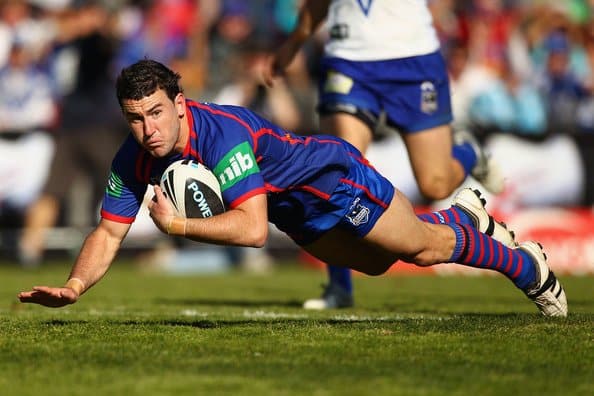
Rugby Union
While rugby union isn’t as popular in Australia as its sister winter sport rugby league, participation amongst teenagers and older is actually similar. Rugby union is dubbed by its lovers as “the game played in heaven”. Like rugby league, union is popular in Queensland and New South Wales and is most popular amongst private high schools and its alumni. In Sydney’s premier rugby union winter competition, the Shute Shield, the majority of teams are from more affluent parts of Sydney such as Eastern Suburbs, Randwick, Gordon, northern beaches and North Sydney. This is compared to the National Rugby League in which the majority of Sydney teams play and most fans reside in the working class areas of the western suburbs.
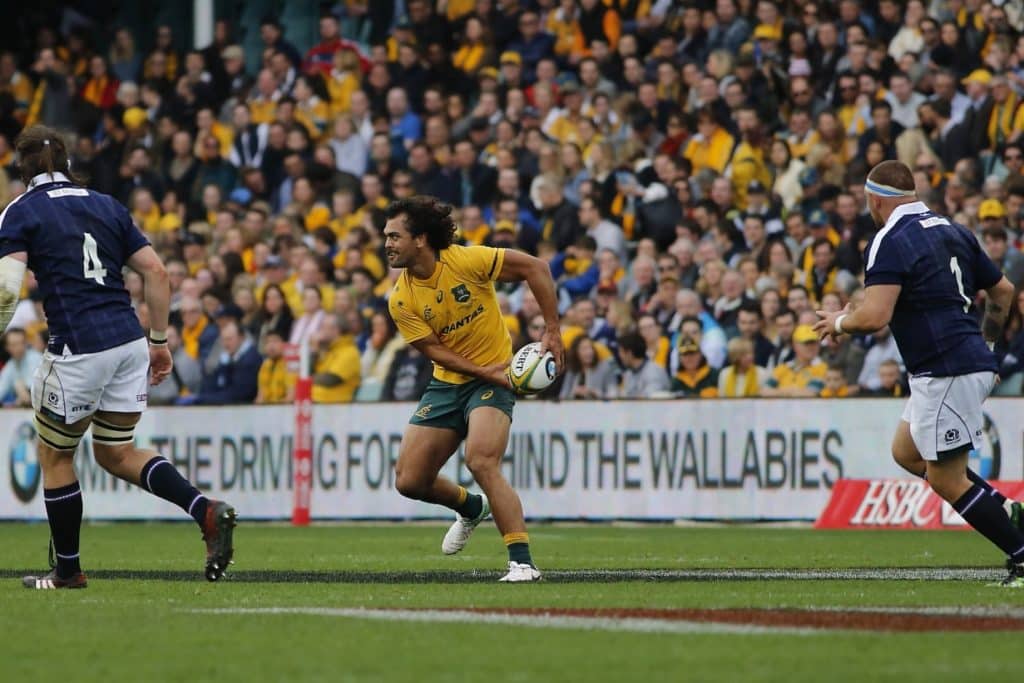
AFL
Aussie rules football was invented in the late 1800s to help keep cricket players fit during winter, hence the game is played on cricket grounds. Aussie rules is now beyond a winter sport to Victorians, South Australians and Western Australians though, it’s a way of life. The Australian Football League is the premier competition and runs a similar span of time as the National Rugby League. Their grand finals are often the same weekend, though AFL Grand Finals are played on Saturday afternoons rather than Sunday. AFL is easily the most attended league in Australia with near full stadiums for most matches and memberships for AFL clubs are held by around a million people in total.
The AFL is also Australia’s only professional winter league that has teams from all mainland states with two teams from Sydney and two teams from Queensland now in the competition. Much like the NRL and its Sydney routes, the AFL started out as a Melbourne only competition. Before 1990, the competition was known as the Victorian Football League. The change of name came not long after the addition of the Brisbane Bears, West Coast Eagles and the South Melbourne Swans relocating to Sydney.
Participation in Aussie rules football in winter is also high with around 600,000 players. Over 400,000 of those are 13 and under due to the AusKick program. Kicking a footy, as Australians call it, has become so well mastered that several Aussie rules football players have gone on to play in America’s National Football League (known to many Australians as gridiron) as specialist punters.
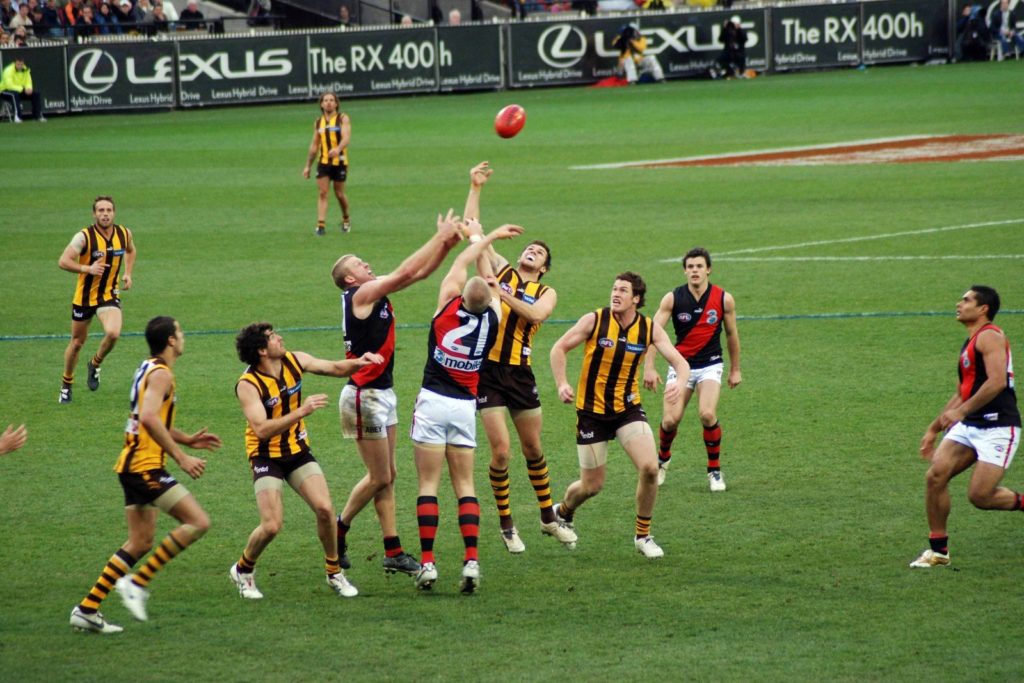
Soccer
Soccer, or football as most of its fans call it, is by far the most played winter ball sport in Australia with 1.8 million playing the sport including 1.2 million kids under 13 years of age. The sport is much less physical than rugby or Aussie Rules Football, making it extremely popular for people of all ages and both males and females. Soccer/football is the most played sport all around the world and with Australia having a huge population of migrants from Europe, it’s no wonder it’s Australia’s most played winter sport.
Despite being a winter sport in most countries, Australia’s premier soccer league is played over summer to help encourage rugby league and Aussie rules fans to watch in their sports’ off season. Known as the A League, teams come from every mainland state (and one from New Zealand) with Victoria having two teams and New South Wales having four teams across Sydney, the Central Coast and Newcastle.
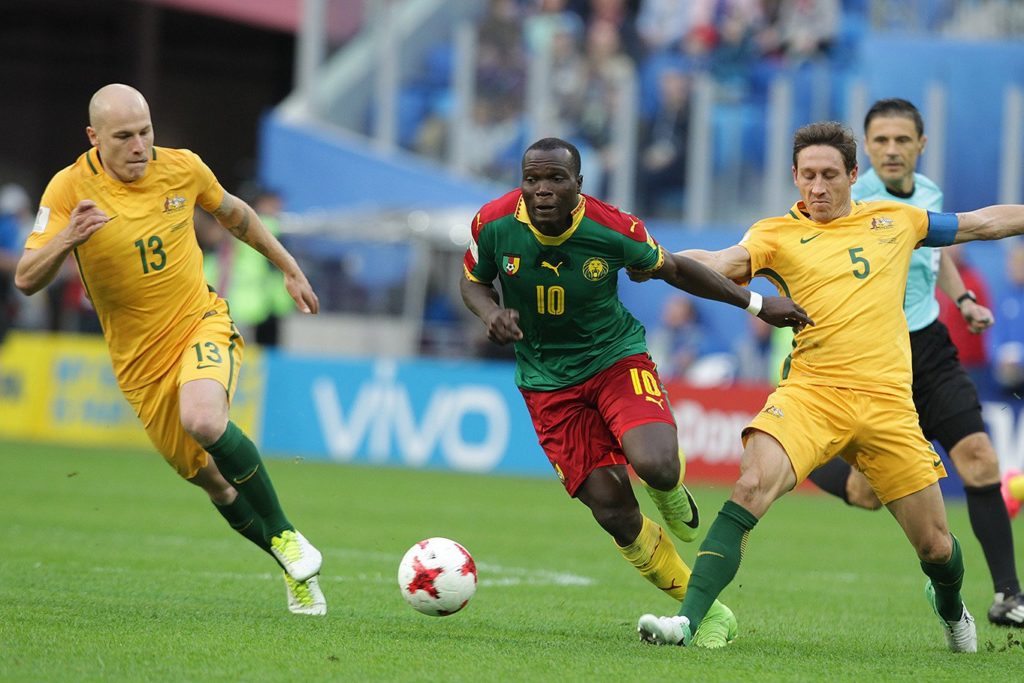
Netball
Netball is Australia’s most played winter sport for females with about one third of all girls aged 6-13 playing the sport. While participation for other winter sports like soccer and rugby are becoming hugely popular for girls, netball is still highly popular. Male participation has also increased in recent years with mixed competitions very popular in both summer and winter. The beauty of netball is it can be played indoors or outdoors, so it can be played in any weather.
Australia’s top netball league is Super Netball which features eight teams from all mainland states. The season is played from April until August. Australia’s national team, known as the Diamonds, are known as the best netball team in the world having won 11 of the 15 Netball World Cup tournaments played since 1963.

Basketball
Basketball is one the most played sports in Australia and is played in both winter and summer. It’s the second most played sport for under 13s with 750,000 participants under that age while over a million Australians in total play the game.
Much like soccer, the professional basketball competition in Australia chooses to play in summer to try and not compete with NRL or AFL. The National Basketball League has eight teams with all mainland Australian states represented as well as New Zealand.
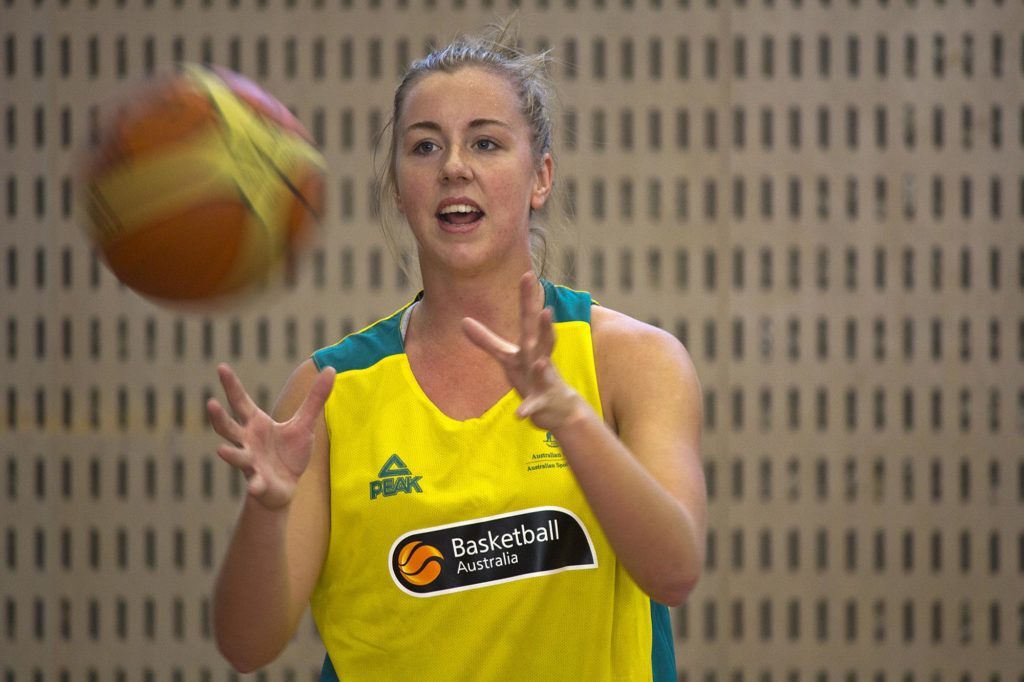
Lawn bowls
Lawn bowls is Australia’s most popular sport amongst senior citizens. Lawn bowls has a total of around 230,000 players and bowling clubs are found all around the country. Lawn bowls is a simple game in which players must try and land their balls as close to the jack (the smaller white ball) at the other end of the green.
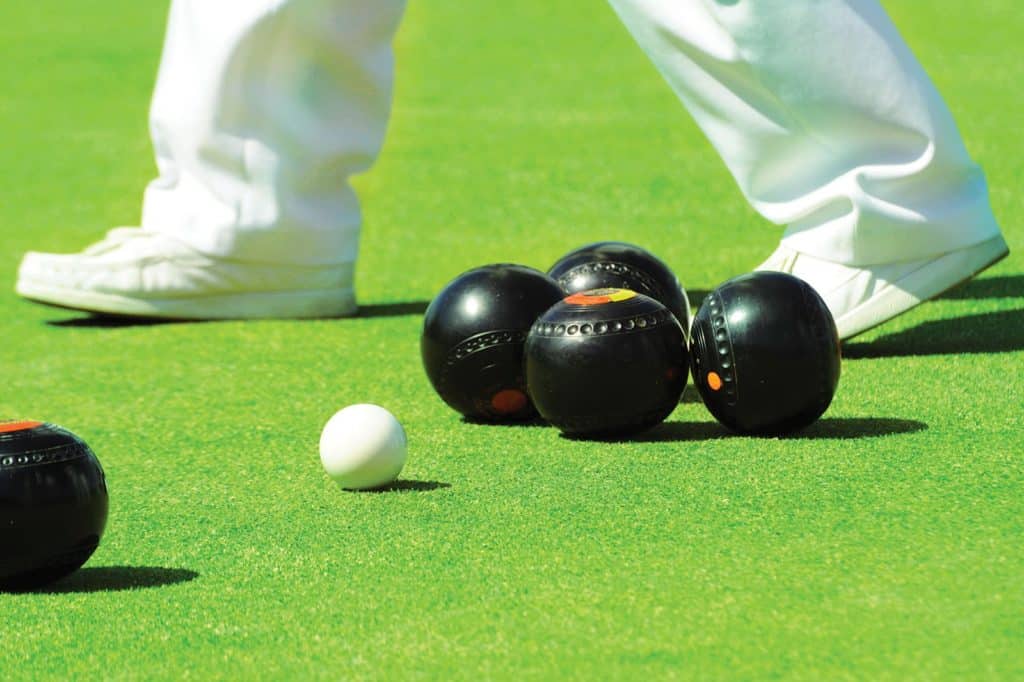
Swimming
Having one of the best climates in the world, Australia has produced some of the greatest swimmers of all time. To Australians, swimming is a big part of life, whether it’s in a pool or in one of our thousands of pristine beaches around the island nation. Swimming is the most popular sport across all ages in Australia and is still popular through the winter months. While the southern states get very chilly during the middle of the year, swimming is still popular especially in indoor pools.
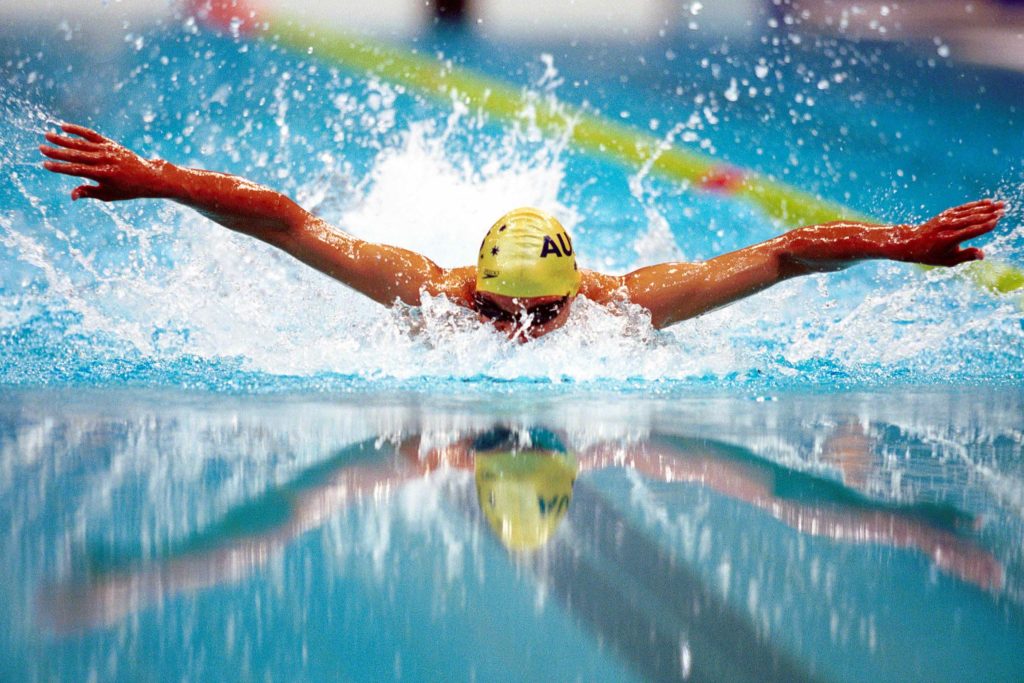
Surfing
Much like our swimmers, Australian surfers brave the cooler months and beaches are full of riders all year round. Often with the help of wetsuits, surfers will do anything to get the perfect wave, even if it’s during the coldest days of the year.
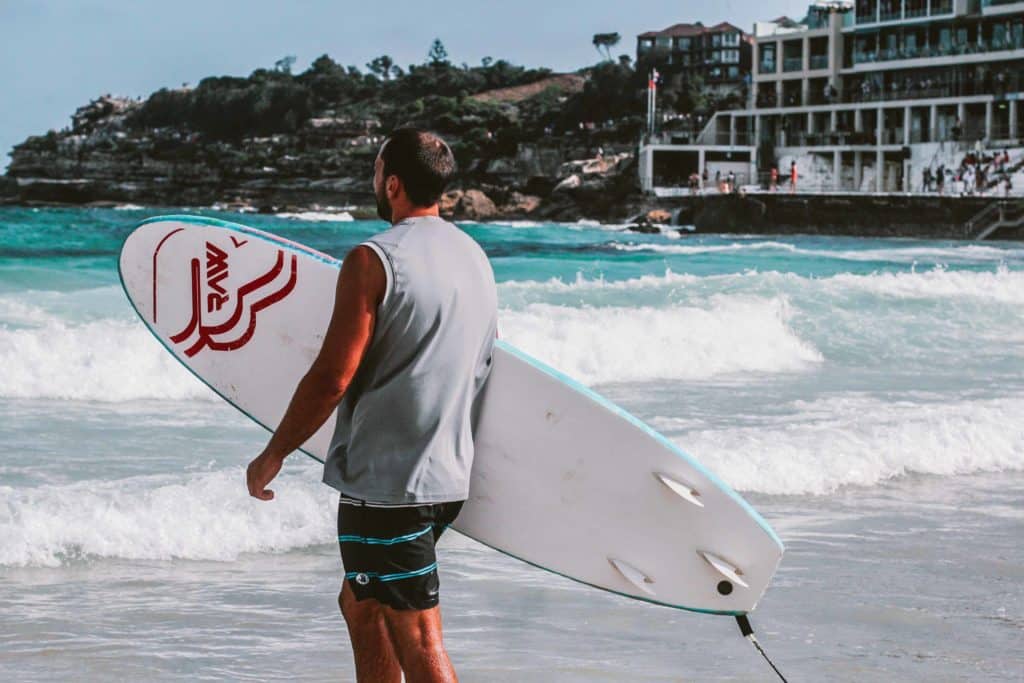
Gymnastics
Gymnastics is one Australia’s most played sports in winter with half a million Aussies taking part. The majority of those are children under the age of 13 as it’s seen as a great sport to play indoors and in a safe and non-competitive environment.
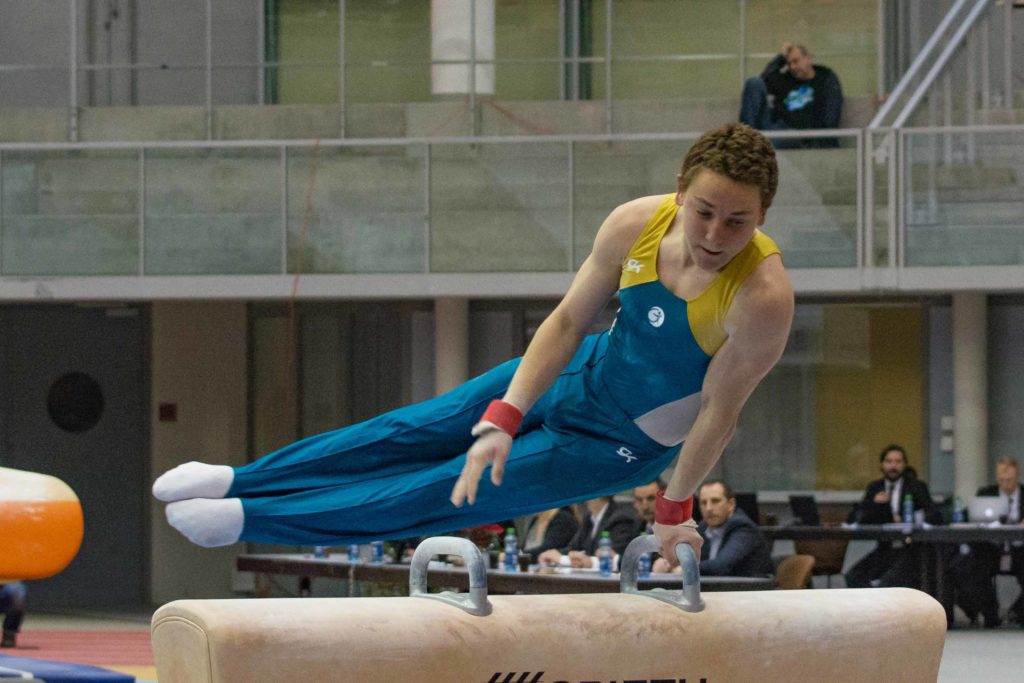
Horse riding
Being a country of wide open spaces, riding a horse is highly popular in rural towns and areas. Over 230,000 Australians ride horses competitively in events like horse racing, equestrian and show jumping while many more ride socially. It’s not only one of Australia’s favourite winter sports, it’s one of Australia’s favourite past times.
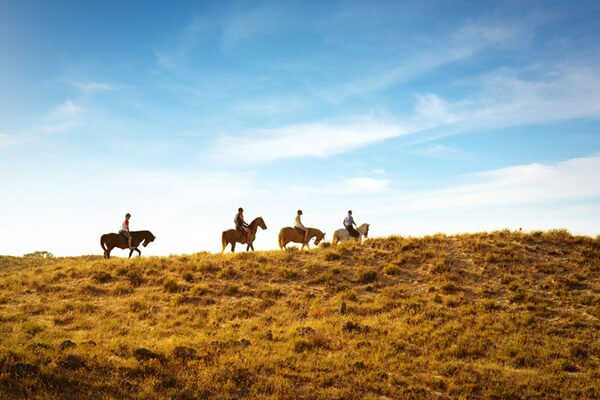
Hockey
While northern hemisphere nations tend to play ice hockey, grass or field hockey is highly popular as a winter sport in Australia. 250,000 Australians, both men and women, play hockey. Hockey – like rugby union – is highly popular in private schools, especially for female students. Australia’s men’s side (the Kookaburras) and women’s side (Hockeyroos) have won many Olympic and Commonwealth gold medals.
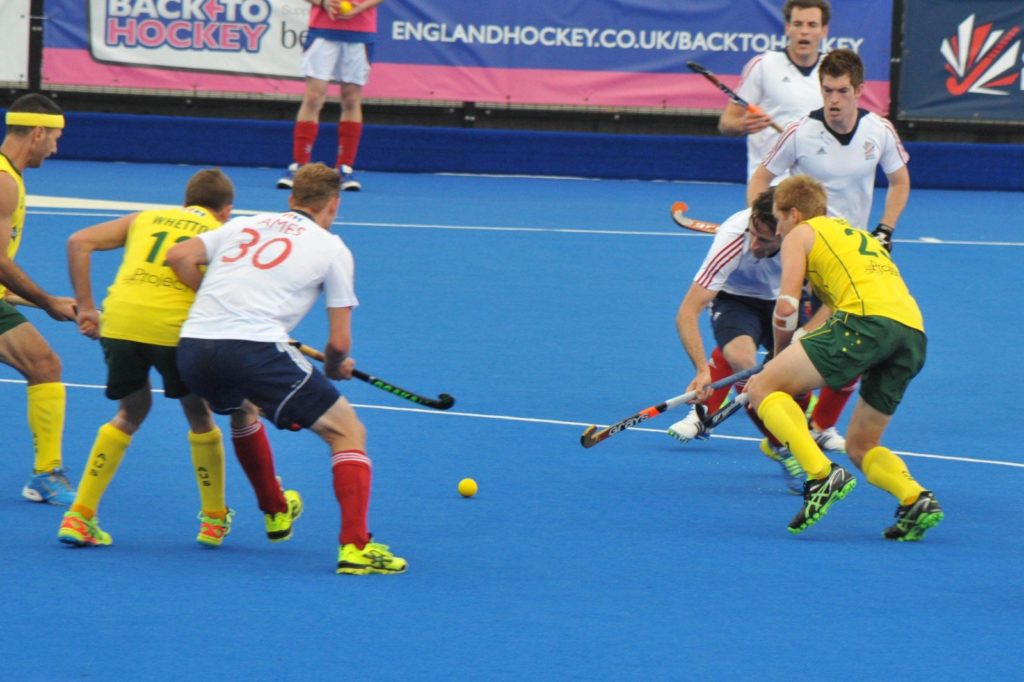
Track and field
Athletics is one of the most popular sports in Australia thanks to the little A’s competition for children. Over 700,000 kids under 13 participate in athletics, doing their best to run, jump and throw both in winter and summer. Many Australian heroes have competed at the Olympics such as Cathy Freeman, Matt Shirvington, Sally Pearson and Herb Elliot. After hosting the Olympic games in Sydney in 2000, athletics became a huge focus for Australian sport.
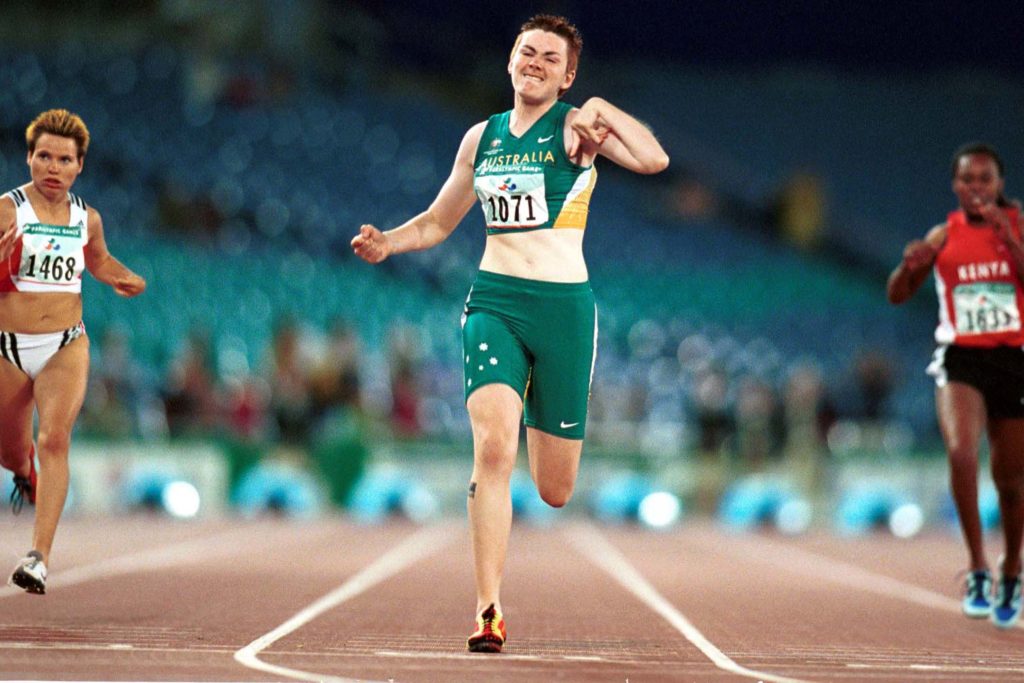
Cycling
Riding a bike is a skill almost every Australian learns as a kid and today it’s the second most popular sporting past time. In recent years, more and more lyrca-clad men and women are spending thousands on state of the art road, BMX, mountain and sprint racing bikes and equipment. Whether it’s long distance rides on roads, through mountain sides, on BMX tracks or around velodromes, Australians love to ride. Every Olympics, Australia is one of the best competing teams in cycling and the whole country was swept with pride when Cadel Evans won the famous Tour De France race in 2011. It was after that race that road racing became huge and almost every weekend in winter or summer you can find a road cycling event or fundraiser to ride in.

Lantern Club’s subclubs
Looking to join a local sporting club? Lantern Club supports several sporting clubs in the Canterbury region. Click a link below for more information about that club:

